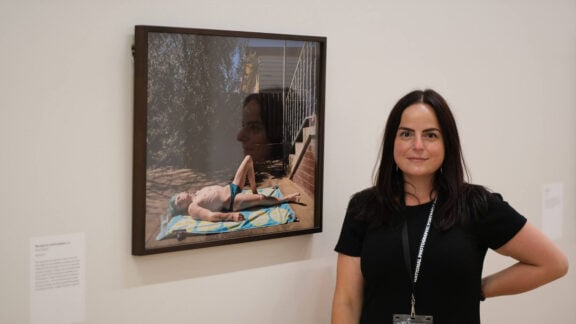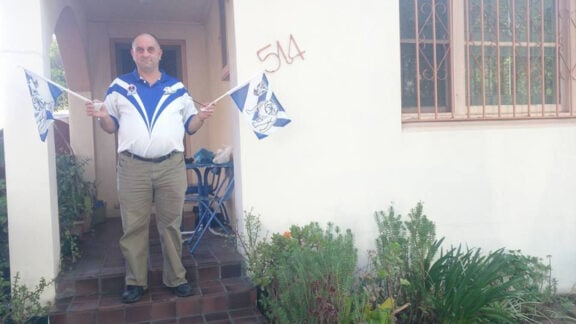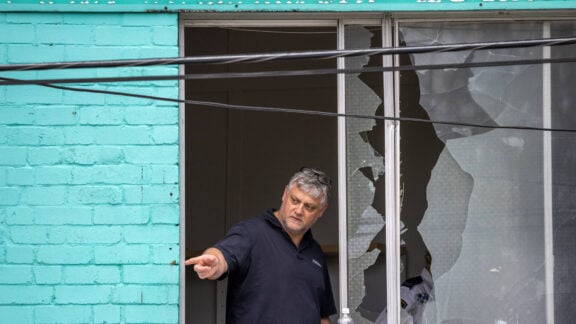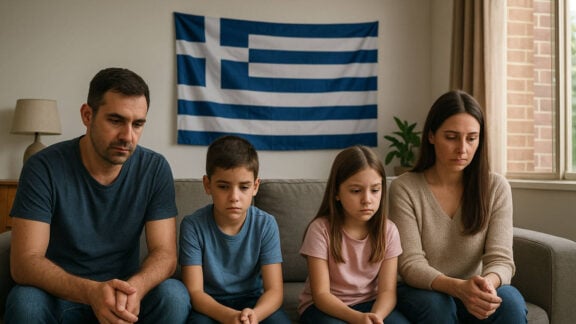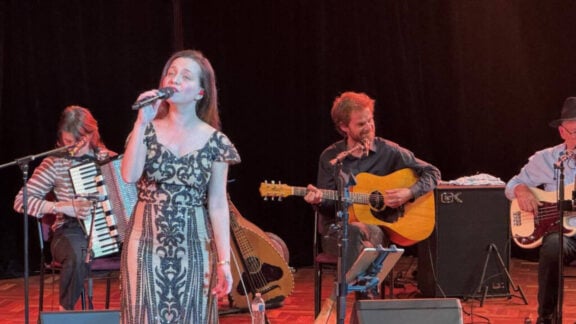Last week was National Bullying No Way Week, and with that schools are reminding everyone what they have in place to keep children safe.
Bullying takes places whenever young people get together and it takes many forms and varies with age groups and gender.
But what leads to it is a complex answer that has many dimensions to it.
Principal of Alphington Grammar School Dr Vivianne Nikou has spent over 40 years in the education sector and shared her insight into the issue.
“Some of it has to do with young people testing boundaries, some with discovering who they are, sometimes it has to do with maturity and their place in the world,” she told Neos Kosmos.
“Bullying can be overt but often goes undercover. Friendship groups can fracture and then it’s easier to recruit others to be part of the targeted and troublesome behaviours that surface.
“Access to technology means it’s easier to hide behind the anonymity it provides. Parents accepting that their child could be involved in the behaviour presents its own challenges.”
She said success in dealing with bullying is measured in how quickly they can identify what is happening, who is doing it and then how it is dealt with.
There is also the added factor of some families not wanting their child to be identifies as a victim and may not share all they know about a situation.
“We take the area of bullying very seriously at Alphington Grammar School believing that coming from a platform of educating young people, has a greater long-term success,” Nikou said.
“Better to modify behaviours when they are within their school years than face the consequences that come beyond the school gates…. tertiary studies, entering the workforce and so on.”
One method of dealing with bullying that Alphington have brought on is using external providers to cover the topic.
This includes: The Man Cave, The Reach Foundation, The BIG Sister Experience, Consent Labs, Gameplan and many others.
Programs like these also extend to staff and parents, not just students.
This is all to ensure young people have a safe environment with moral responsibility toward each other and themselves.
“Young people need to feel comfortable to go to a trusted adult, to inform teachers who are best placed to manage incidents as they arise.”


